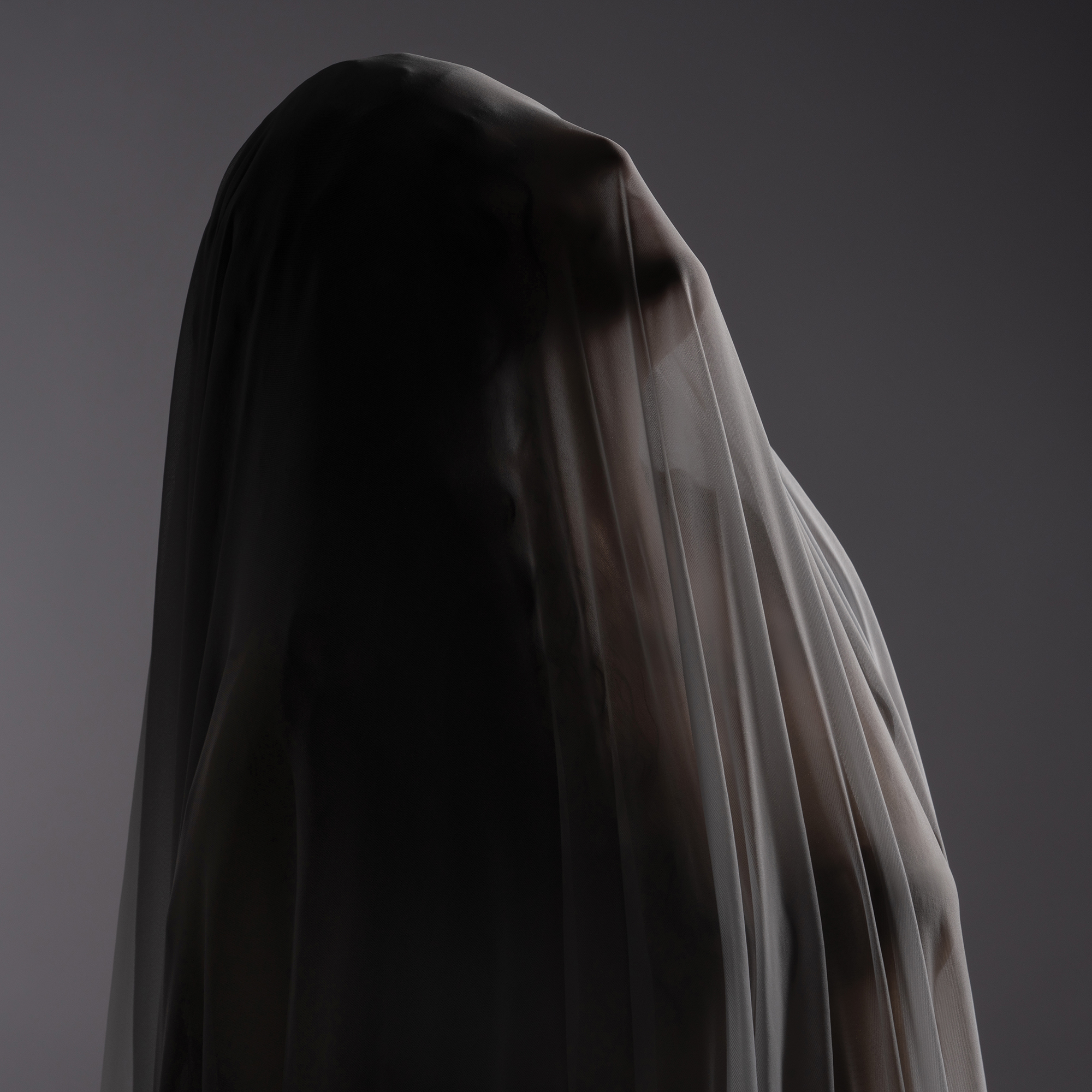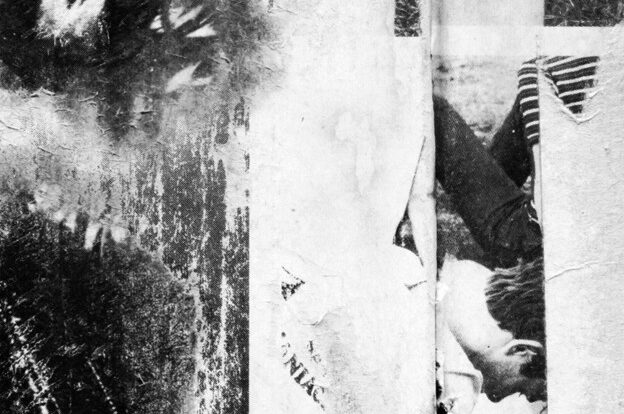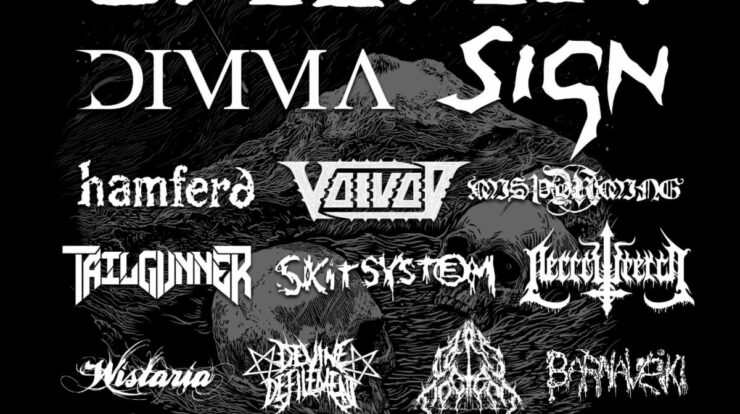
This post was originally published on this site
On their sixth album, Then The Darkness, Bay Area progressives GRAYCEON have abandoned all creative restraint. The unconventional post-metal trio have spent their career doing things a bit differently, their sound driven by cellist and vocalist Jackie Perez Gratz (also of GIANT SQUID and numerous West Coast metal band collaborations and cameos). With longtime DEAFHEAVEN producer Jack Shirley behind the desk and some of their heaviest material to date, Then The Darkness is the sound of a band going all out.
That heaviness kicks in quickly with opener Thousand Year Storm. Byzantine riff interplay on guitar and cello underpins the piercing and unexpected screams of Perez Gratz, reminiscent of AMENRA in their extreme vocal character. It’s an interesting choice that slightly wrongfoots: the screamed vocals do make appearances later in the album as accents, but most of the album leans on more conventional clean singing, as with the layered drone-like vocals on One Third.
With just a cello, guitar and drums as the instrumental palette for the entire album, GRAYCEON have an almost throwback feel to the songs on Then The Darkness, eschewing modern production techniques for something more naturally heavy. There’s more than a hint of BLACK SABBATH and 90s stoner metal to Max Doyle‘s blues-tinged guitar work: down-tuned but not excessively, unafraid of a good bend or pentatonic lick. In the absence of lower-register electric bass, Perez Gratz cleverly plays off the guitar, sometimes leading directly as on the dark but catchy Velvet ’79; other times playing a deft counterpoint as on the more playful 3 Points of Light.
Those opening four tracks again subvert expectations for the album in their conventional structure and (comparatively) tight runtimes. Immediately following them is the 20-minute opus Mahsa. This slower and drawn-out affair meanders through quiet and heavy dynamics for most of its runtime, before finding a compelling instrumental groove in its closing minutes. It feels indulgent – part of a grand tradition of long prog songs, but not quite earning its length, and crushing the early momentum of the album. The following three-minute instrumental title track immediately outshines it with compelling folk music tinges.
The second half of the album does begin to struggle to set itself apart from the core sound. But there are certainly some great moments. Both Forever Teeth and the album closer Come To The End showcase the brilliant range of Perez Gratz‘s voice; the former with more screams and belted fury, the latter via soaring harmonies. Song Of The Snake throws in some double-kick and blast beats to assert some more modern metal credentials. The untitled penultimate track plays as a lullaby, with its languid tempo, softer instrumentation and simple lyrics. At least, until the distortion and harmonised guitar lines kick in to wake both the baby and everyone else within 200 yards with devil horns raised.
However, those splash play moments aside, much of the album relies on the same slow-to-mid-tempo blues metal guitar riffs and cello. It’s a good sound and well-executed, but it struggles to hold the attention for a full hour and twenty minutes, particularly as the points of difference between and hooks of each song start to dry up and the song lengths increase.
You cannot fault GRAYCEON for their ambition here; there’s an authenticity to the sound and musicianship that is increasingly absent from the hyperproduction of the modern era. Then The Darkness takes some unexpected swings and stabs at its heaviness and textures as well. That combination of extended length and minimal sonic variety sadly works against it – you cannot help but feel that less could have been more. But if you can lock into its bluesy grooves for at least some of it, then there’s plenty to enjoy here.
Rating: 6/10

Then The Darkness is out now via Translation Loss Records.
Like GRAYCEON on Facebook.
The post ALBUM REVIEW: Then The Darkness – Grayceon appeared first on Distorted Sound Magazine.




